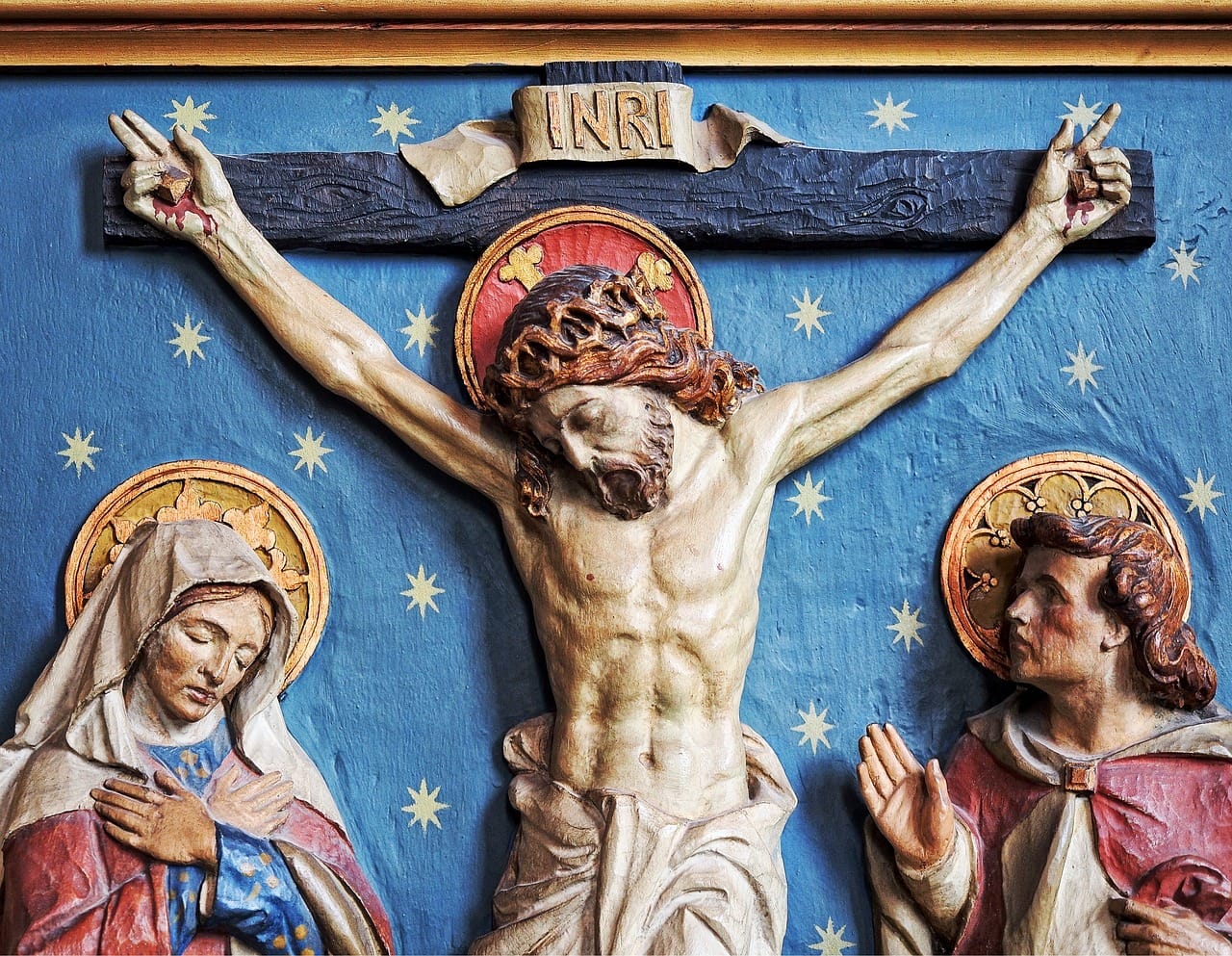How many individuals were crucified?
Aside from Jesus, there were many others who were crucified by the Romans for various crimes. Slaves who attempted to escape, rebels who challenged Roman authority, and criminals who committed serious offenses were all candidates for crucifixion. The exact number is difficult to ascertain.
Crucifixion was a common form of execution in the ancient world, particularly in the Roman Empire.
It was a brutal and torturous method of punishment reserved for slaves, rebels, and criminals. The act of crucifixion involved nailing or binding a person to a cross and leaving them to die a slow and agonizing death.
Throughout history, it is estimated that thousands of individuals were crucified by various civilizations. In the Roman Empire alone, it is believed that hundreds of thousands of people met their fate on the cross.
One of the most well-known crucifixions in history is that of Jesus Christ.
According to the Bible, Jesus was crucified by the Roman authorities at the request of the Jewish leaders.
This event, known as the crucifixion of Jesus, is a central tenet of the Christian faith and has been depicted in countless works of art and literature.

Aside from Jesus, there were many others who were crucified by the Romans for various crimes. Slaves who attempted to escape, rebels who challenged Roman authority, and criminals who committed serious offenses were all candidates for crucifixion. The exact number of individuals who were crucified is difficult to ascertain due to the lack of comprehensive records from that time period.
The Romans used this form of execution as a way to maintain control over their vast empire and deter others from defying their rule.
In addition to the Romans, other civilizations throughout history also practiced crucifixion. The ancient Persians, Greeks, and Carthaginians all utilized this method of execution at various times.
In fact, crucifixion was not exclusive to any one culture or time period - it has been documented in regions all around the world.
The sheer brutality and horror of crucifixion have led many to question how individuals could inflict such suffering on others.
The act of crucifixion was meant to serve as a deterrent to potential wrongdoers and as a way to instill fear in the population. It was a public display of power and cruelty designed to maintain order and control.
Despite its widespread use throughout history, crucifixion has largely fallen out of favor in modern times. Most countries have abolished the practice of crucifixion as a form of punishment, recognizing its barbarity and inhumanity.
However, the legacy of crucifixion lives on in the collective memory of humanity, serving as a stark reminder of the depths of human cruelty and the resilience of the human spirit.
The haunting images of individuals nailed to crosses serve as a stark reminder of the darker aspects of human nature and the importance of compassion and empathy in our interactions with others.